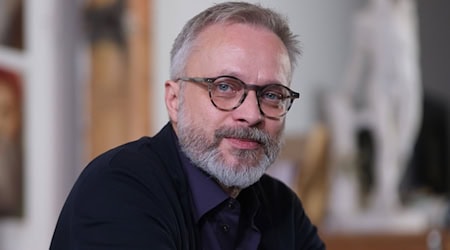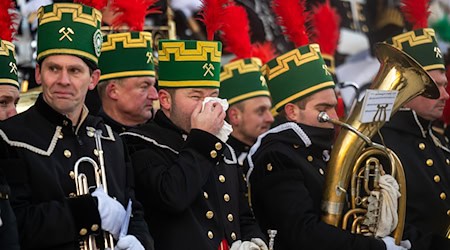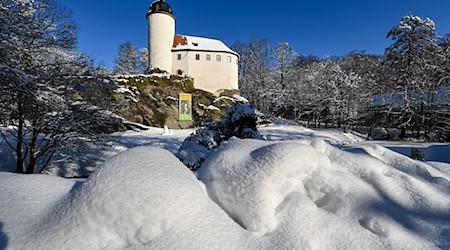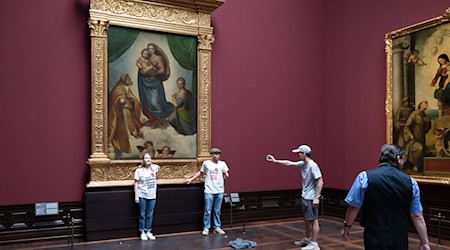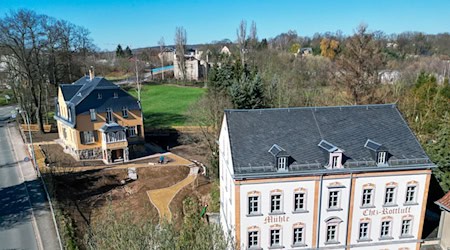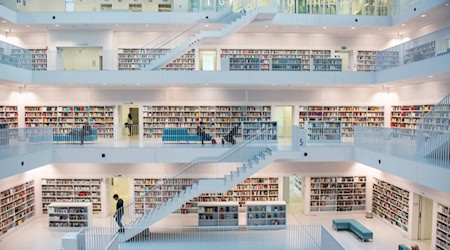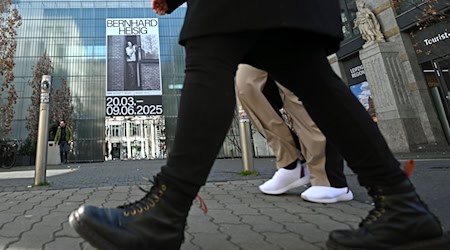Four and a half years after the opening of the reconstructed Royal Parade Rooms in Dresden's Royal Palace, their magnificent interior decoration is complete. On Tuesday, the last two precious tapestries were hung in the 1st Antechamber. The "thread-precise" production of the tapestry for the total of six hangings in the room based on the historical model was very time-consuming and the process has now been completed after twelve years, said Holger Krause, project manager for the palace reconstruction at the Saxon Real Estate and Construction Management (SIB). Among other things, old techniques had to be revived.
The baroque rooms, which have been restored to their original state down to the smallest detail, were opened in September 2019. According to the SIB, they are the "crowning glory" of the reconstruction of the building, which was destroyed in 1945, as a museum complex of the State Art Collections. The Free State invested 34.4 million euros in the restoration of the Corner Parade Hall, Audience Chamber and Parade Bedroom including antechambers. The federal government has contributed twelve million euros since 2015.
Silk and wool threads were dyed in around 250 shades for the pillar pieces, which were handmade in the Royal Tapestry Manufactory in Madrid (Spain) founded in 1721, according to the original model, said Sabine Schneider, the art historian responsible. The tapestries, which are several meters long, are not woven, but "as if embroidered", according to a surviving original. Each piece took one and three-quarter years to produce.
Since 2011, a total of 34 tapestries have been created in Madrid for the former residence. In the first antechamber, two Solomonic columns, symbolizing the wisdom and prudence of the rulers, as well as a garland and a balustrade piece now frame all six wall hangings hand-woven in Italy from deep red velvet. Each is adorned with the royal monogram AR (Augusus Rex) in gold and silver thread and sewn with gold braid.
Saxony's legendary Baroque prince Augustus the Strong (1670-1733), King of Poland and Grand Duke of Lithuania since 1697, had the parade floor rebuilt and lavishly furnished for the reception for the wedding of his son Friedrich August to the Emperor's daughter Maria Josepha of Austria from the House of Habsburg in 1719 - with gold fabrics, silk velvet, brocade, silver and ceremonial furniture, fire-gilded crystal chandeliers and porcelain chimneys as well as 100 square meters of ceiling paintings.
Copyright 2024, dpa (www.dpa.de). All rights reserved


